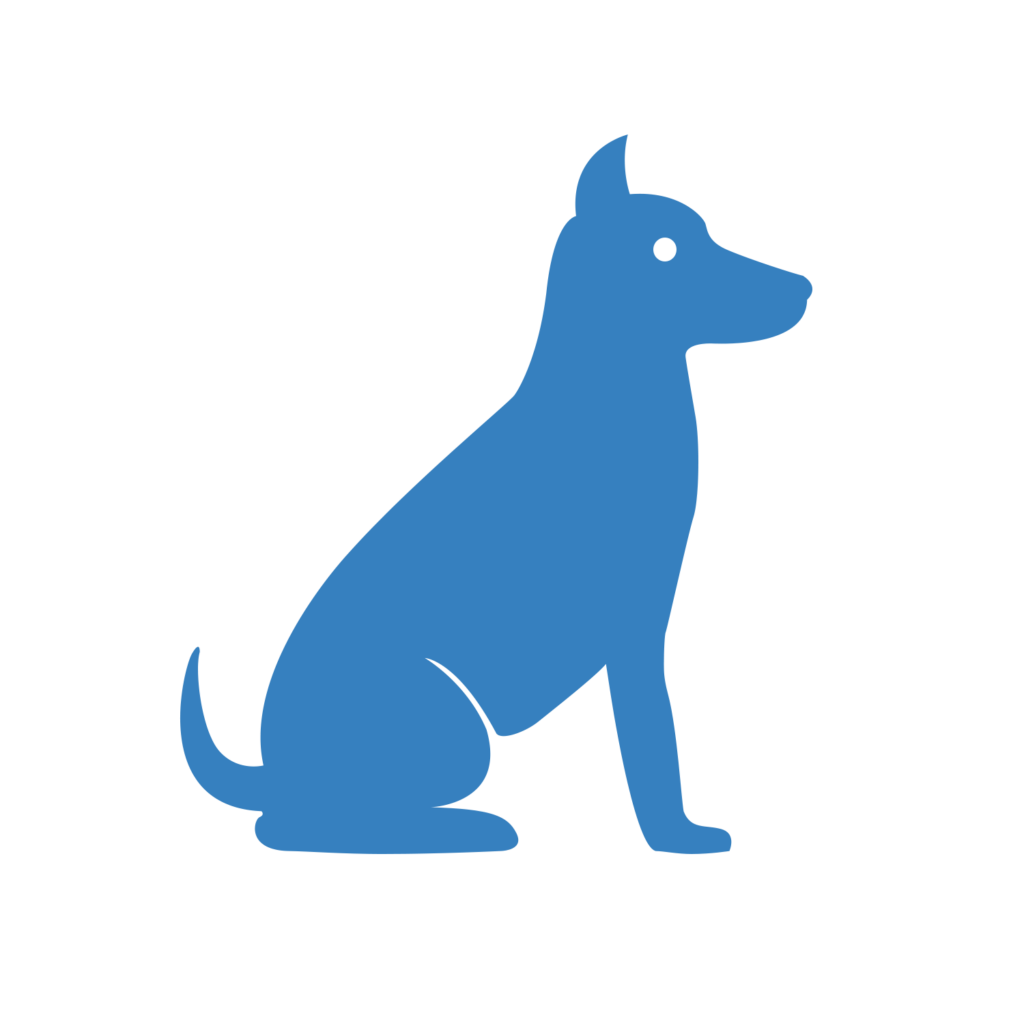

Day blindness, Hemeralopia, Rod monochromacy, CD1
Turnaround: 3-5 business daysTurnaround: 7-10 business days
Price: $45.00Price: £40.00
Breeds: Anatolian Shepherd, Aussiedoodle, Australian Mix, Australian Mountain Dog, Australian Mountain Doodle, Australian Shepherd, Australian Shepherd/Border Collie, English Pointer, German Longhaired Pointer, German Shorthaired Pointer, Miniature American Shepherd, Miniature Australian Shepherd, Mixed Breed, Mixed Breed (Dog), Toy Australian Shepherd, Unspecified
Description
Cone Degeneration (CD) is an autosomal recessive disease that occurs in the German Short-Haired Pointer, the Alaskan Malamute, and several other breeds. Autosomal recessive diseases are a disease that can be passed from either parent and require two copies of the gene to show symptoms. Cone Degeneration disease causes day-blindness due to a lack of cone function in the retina of the eye.
CD disease causes degeneration of the retinal "cones" that respond primarily to bright daylight. This degeneration results in what is referred to as "day blindness." Dogs with CD develop day-blindness and photophobia between 8 and 12 weeks of age. This is the age when retinal development is normally completed in dogs. Symptoms of CD are present only in bright light and the dog's vision is not affected in dim light.
Because Cone Degeneration is a recessive disorder, a dog must have two copies of the mutation in order for the disease to manifest. This means that a dog can have one copy of the mutation and not experience any signs or symptoms of CD. This dog would be known as a carrier. The carrier can then pass on either the normal gene or the mutated gene to any offspring. If two carriers are bred, there is a 25% per puppy that they will develop symptoms of CD.
Possible Results
| Genotype | Description |
|---|---|
| CD/CD | Affected: Dog has two copies of the mutation and will be affected by Cone Degeneration. The dog will always pass on the mutation to all offspring. |
| n/CD | Carrier: Dog has one copy of the Cone Degeneration mutation. The dog is not affected by CD but may pass the mutation to offspring. |
| n/n | Clear: Dog is negative for the mutation associated with Cone Degeneration. |
Reference
Yeh CY, Goldstein O, Kukekova AV, Holley D, Knollinger AM, Huson HJ, Pearce-Kelling SE, Acland GM, Komaromy AM. Genomic deletion of CNGB3 is identical by descent in multiple canine breeds and causes achromatopsia. BMC Genet. 2013 Apr 20;14(1):27. [Epub ahead of print] [PubMed: 23601474]